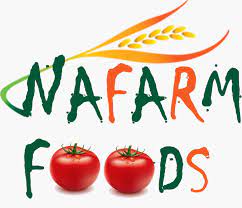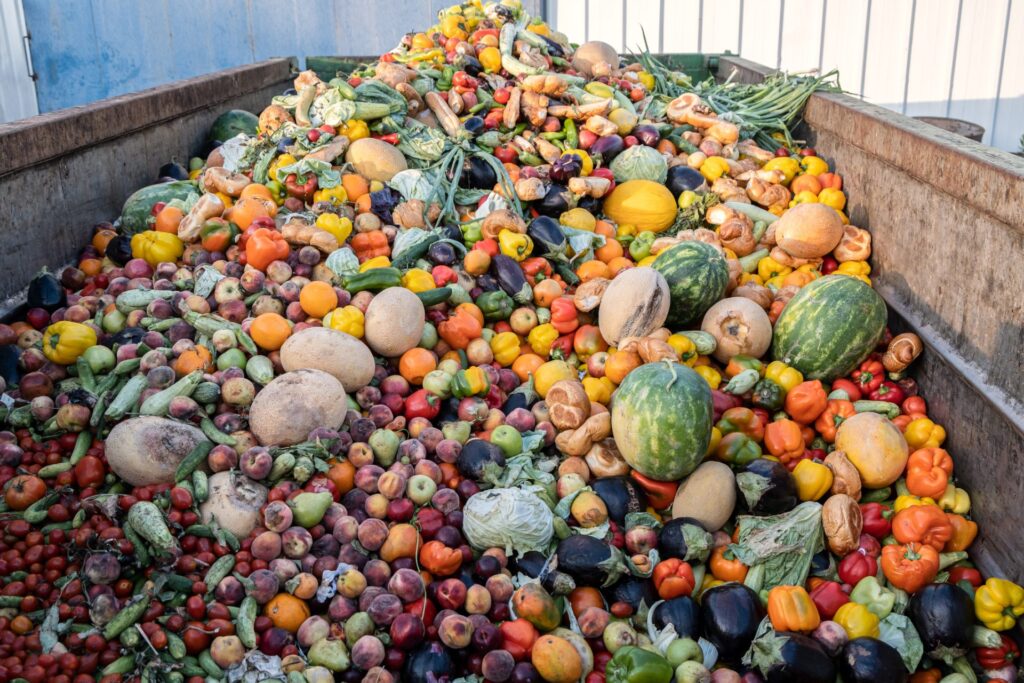Cluster Key Metrics

Post Harvest

Pre-Harvest

On Harvest
Agro Data Information Technology Partners



What We Do
We are committed to reducing food loss and waste through innovative solutions.
The 2022 International Day of Awareness of Food Loss and Waste (#IDAFLW) is a call for all to pursue the efforts in meeting the target 12.3 of the Sustainable Development Goals (SDGs) for halving per-capita global food waste at the retail and consumer levels and reducing food losses along production and supply chains by 2030.
17% of the total food produced is wasted at the retail, food service and consumption levels. In addition, 14% the world’s food production for human consumption is lost (discarded, incinerated or otherwise disposed) along the food supply chain. Across Africa, most of the food loss happens between harvest and the point of sale, including due to a lack of cold chain facilities especially for perishables, unreliable and inadequate storage facilities and insufficient agro-processing skills among smallholder farming communities.
Some solutions to address food losses and waste, include appropriate storage and transportation (e.g., cold chains) ; and food processing (e.g., through milling, cooking, freezing, fermentation, or fortification) keeping the nutrient content.4
Circular economy offers new economic opportunities to address losses and waste and creating new essential derived products, i.e. composting to produce organic matter used as fertilisers and energy which are a good alternative to fossil fuels and animal feed, water reuse.
Agriculture and agribusiness have to offer a solution for the sustainability of our planet, and particularly of ACP countries. Reducing food loss and waste is a triple win as it means producing more, using the same amount of resources, while costs related to disposal decrease. It is of outmost importance to ensure more food is available while the world’s growing population is more and more affected by hunger and malnutrition, especially in Africa.Consuming more of the produced food also alleviates the negative outputs of agriculture such as degradation of land, water, and ecosystems, high greenhouse gas (GHG) emissions and biodiversity losses. The estimated 2.5 billion tonnes of uneaten food accounts for 10% of the global GHG emissions.

Infrastructure Needs of Kaduna State
Cold Storage Facilities: Kaduna lacks sufficient cold storage units, particularly in rural areas, resulting in high levels of post-harvest losses. This is crucial for preserving perishable goods and extending shelf life, particularly for fruits and vegetables.
Processing Centers: Many agricultural zones in Kaduna lack nearby processing centers, which forces farmers to transport crops long distances, increasing the risk of spoilage and waste. There’s a need for localized processing hubs to reduce waste and add value to raw materials.
Transport and Logistics: Poor road networks and insufficient transport options between farms and markets hinder efficient movement of harvested crops. Improved transportation infrastructure is vital for reducing delays in moving produce to storage or processing facilities.
Waste Recycling and Composting Facilities: While post-harvest waste can be turned into valuable resources such as compost or biofuel, Kaduna lacks adequate infrastructure for recycling and composting. Investments in waste-to-resource technology could turn waste into an economic asset.
Collection and Sorting Points: Currently, there are limited organized collection points for post-harvest waste, especially in rural and peri-urban areas. There is a need for centralized waste collection systems where materials can be sorted and either processed or recycled.
Our Cluster Map Solution Overview
Our solution focuses on creating data-driven, interactive digital maps for Kaduna state, highlighting critical infrastructure for post-harvest surplus and waste management. These maps will provide detailed insights into farm harvest periods, farm size, crop types, and farmer information. They will serve as a tool for policymakers, investors, and businesses to make informed decisions addressing post-harvest waste challenges, driving sustainable development.
By using Geographic Information System (GIS) tools, satellite imagery, and public data, the project will visually represent areas where agricultural waste is most prevalent, infrastructure is lacking, and where potential investments can yield economic and environmental benefits.
Key Benefit For Decelopement
Actionable Insights: The maps will provide data on where infrastructure development is most needed to reduce post-harvest waste.
Sustainable Development: Targeted improvements in infrastructure will not only reduce food waste but also create jobs, boost the economy, and promote environmental sustainability.
Scalability: Once developed, this model can be applied across all of Nigeria’s 36 states, contributing to a national strategy for waste management and infrastructure development.